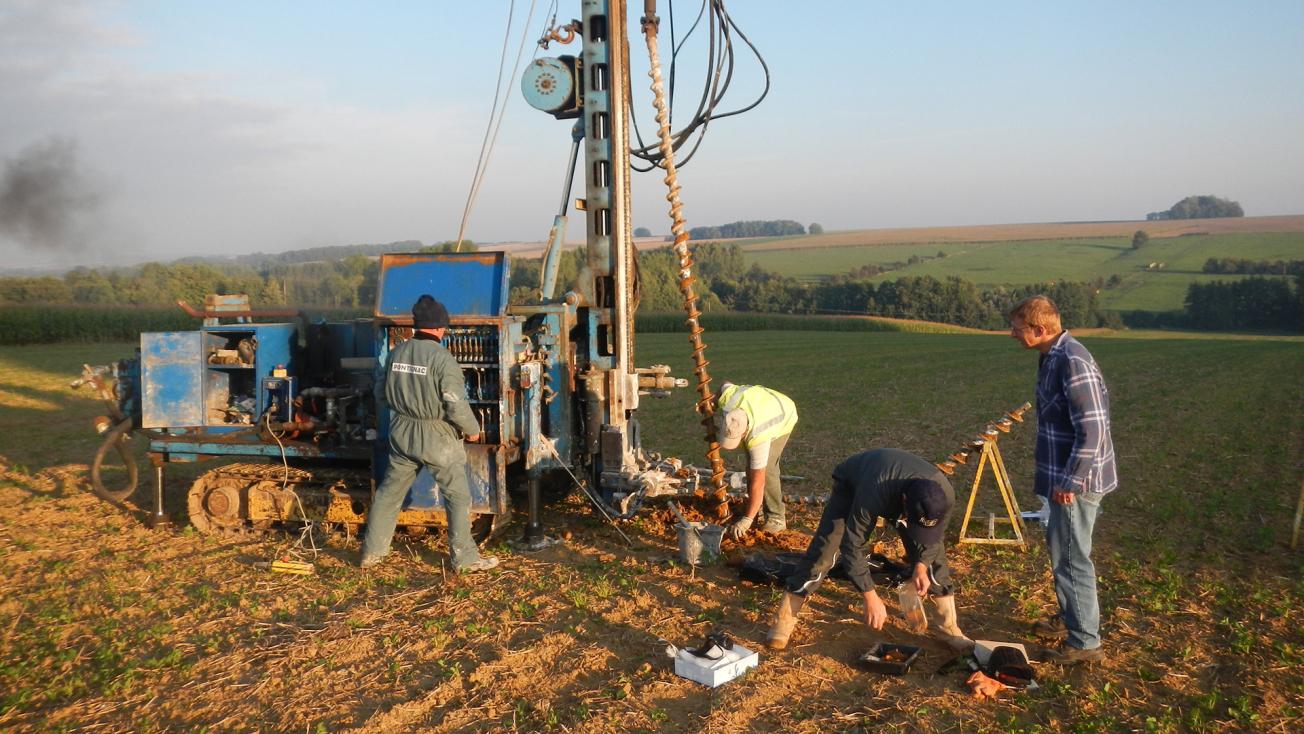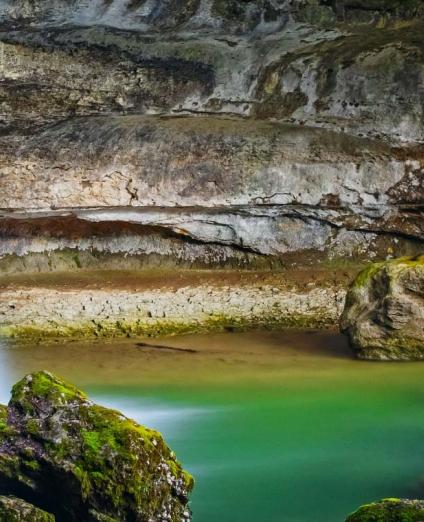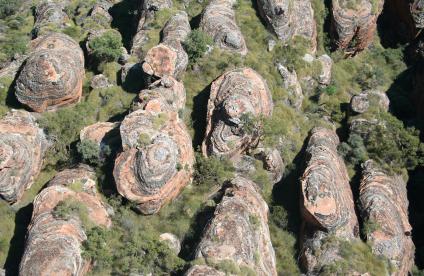
Auger drilling to investigate nitrate diffusion in the unsaturated zone (Picardy, 2014).
© BRGM - Gilles Braibant
Nitrates, formed by the combination of nitrogen and oxygen in the ground, can occur naturally in groundwater. However, the expected concentrations are then very low.
Human activity and its effects (agriculture, industry, domestic effluents, etc.) increase the presence of nitrogen which can lead to an increase in its concentration in groundwater.
On the other hand, nitrates are particularly soluble and hence easily transported by water. Dragged down by rain into the soil and deeper, nitrate enters the groundwater, referred to as an ‘aquifer’.
In France groundwater accounts for 65% of our drinking water supply.
Measures taken since 1990
Over the last few decades, monitoring of groundwater quality has increased, particularly for the production of drinking water.
Given the contamination of water, a European directive has been applied to protect it, since 1991. It is mainly aimed at reducing excessive agricultural inputs which cause run-offs.
Insufficient efforts to date
Together, these initiatives have reduced the amount of mineral fertiliser used, while securing food production.
However, two decades after the implementation of this European directive, preserving and improving water quality remains one of the major challenges in France, with some water tables still having nitrate levels that are considered to be too high.
How can this be explained?
One of the explanations lies in the time it takes for nitrates to transfer from the surface to the groundwater.
The circulation of water in rock depends on there being empty spaces in it, called pores (i.e., its porosity) and on its capacity to let water circulate (i.e., its permeability). France has a wide range of aquifer types with different water circulation rates.
In addition to the time needed to reach the groundwater (vertical movement), the time needed for the water and nitrates to travel through the groundwater to the catchment or spring that is used to produce drinking water (horizontal movement) must also be taken into account.
Long-term results
In the FAIRWAY research project, statistical approaches were used both to identify the dominant transfer pathway and to determine the time needed for the change in practices on the surface of the ground, to have an impact on groundwater quality.
Thus, on the French site studied (limestone aquifer), the time required varied from 8 to 24 years depending on the water catchment in question. In comparison, at sites in Denmark, in a different hydrogeological context, this time is well over 30 years!
Mathematical tools, such as those developed by BRGM, can also be used to model the evolution of nitrate levels in the aquifer and thus test the impact of scenarios for changing practices that have been co-constructed by all the stakeholders in an area.







